Phycological Benefits of Plants
Plants are everywhere and have existed among us since the beginning of human existence. This includes forests, fields, outdoor gardens, and indoor plants. Many of us know about the physical benefits of trees and plants. These include carbon sequestration, air filtration, erosion control, shade, habitat, and many other qualities. But are there phycological benefits? Does their appearance, and fragrance have any impact on human wellbeing? Can the act of caring for trees and plants provide any phycological healing qualities to our ailments and disorders? It turn out, studies show they do.
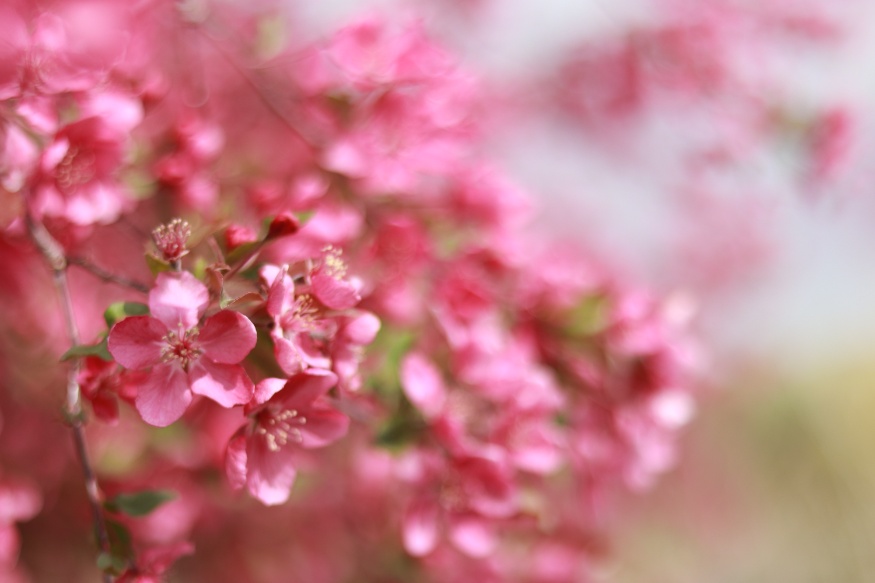
Plants In the Workplace
Statistically, interior plants are known to increase the overall health and wellbeing of employees in the workplace. This includes the willingness of employees to work longer hours. As mammals, we have been spent most of our evolutionary history outside among plants. It's only natural that we would feel more comfortable and at home in an outdoor setting. Interior plants soften the harsh spaces, cubicles, offices, and facilities we're commonly subject to. Plants can make these spaces more welcoming and relatable from a visual point of view. Studies show a drop in absenteeism by 14% for areas of employment that use indoor plants to their advantage.
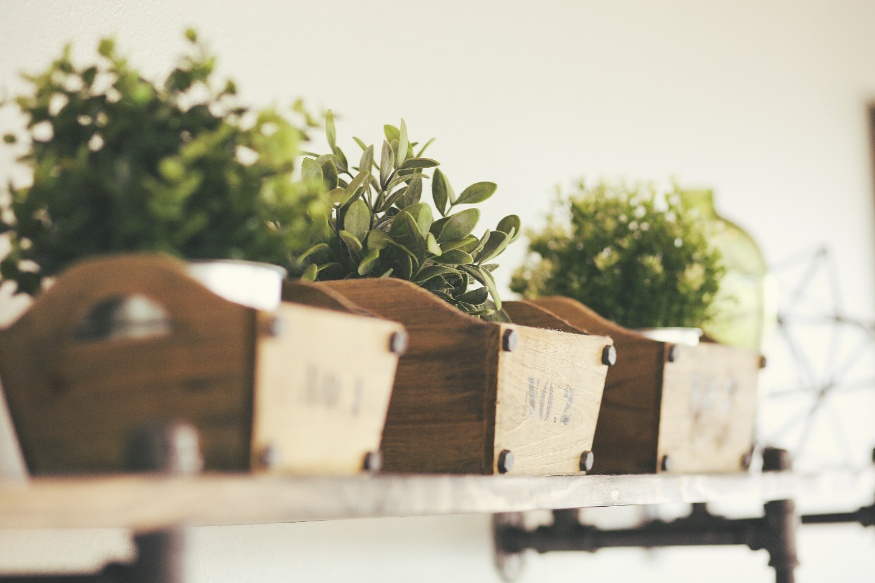
McDonald’s (1976) mentions “If you live and work with plants around you, there is always something that needs to be done for them and that will simultaneously help you get through everyday anxieties. As you wait for an important telephone call or recover from a difficult personal or professional confrontation, picking off dead leaves and flowers, watering a plant, or cleaning its leaves with a damp tissue can reduce anxiety far better than chain smoking, a stiff drink, or a tranquilizer.” (p. 20).
Researchers from Japan are taking plants seriously and have come up with the concept of "forest bathing". This involves the sectioning off of forested areas as an opportunity for the public to escape from urban life and take in nature with more of their senses (sight, smell, touch, sound). It came about as the result of studies proving reduction of heart rate, cortisol levels, and cancer susceptibility in those who regularly ventured outside in natural settings.
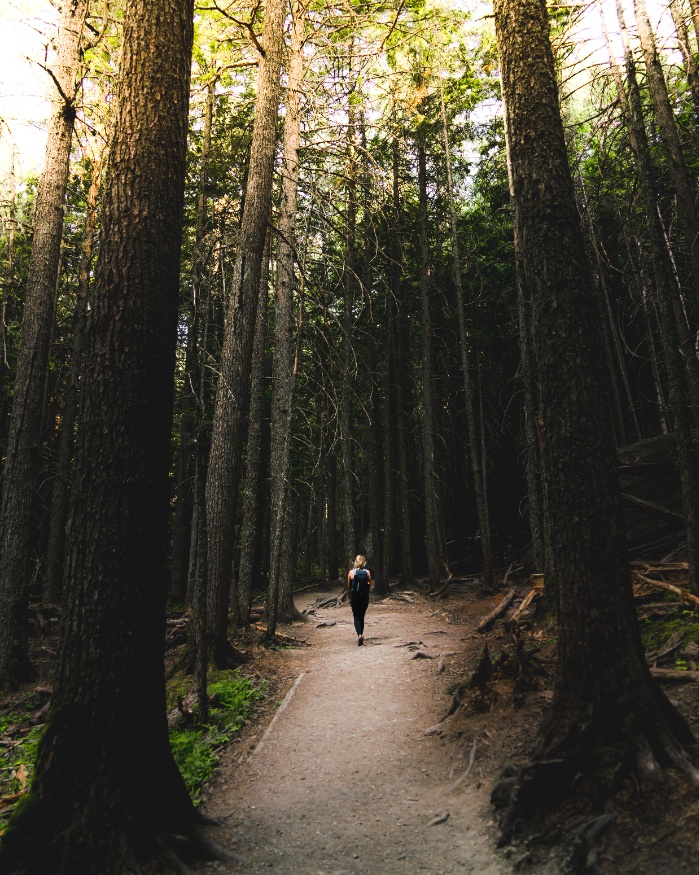
Trees are often planted beside highways not only as a visual barriers but as a means of noise reduction. Though the actual amount of noise reduced by trees and plants is minimal, noise is instead reduced in an indirect way. Evidence suggests that plants create a psychological barrier, reducing the perception of noise. Viewing trees or plants instead of highways and construction, creates a an "out of sight, out of mind" state where noise seems to be reduced.
Caring For Plants
Caring for trees, plants, and green spaces evoke passionate emotions that relieve the mental fatigue we experience in modern urban life. Besides curb appeal, the act of gardening has multiple benefits, many of which can be accomplished at the same time. These include physical activity, meditation, visual therapy, goal setting, metaphorical life lessons, growing fruit or vegetables for food, and many more. It's no surprise that two thirds of Canadians list gardening as their favourite hobby. Working with plants can also be a wholesome family activity. Kids can get happily involved, and much in horticulture is flexible and forgiving; if one plant fails another can takes its place. There's always second and third chances for mistakes, and there's always "room to grow".
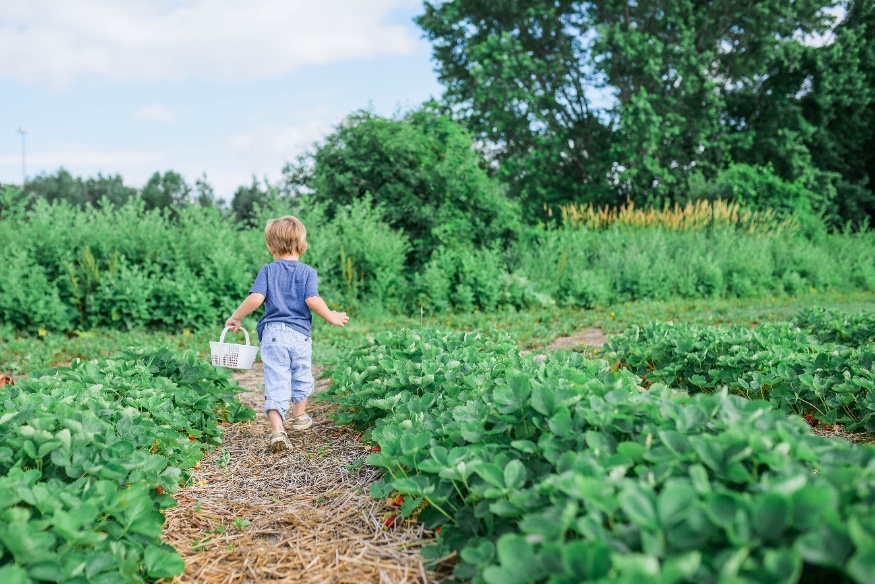
Growers obtain the health benefits of exercise while working with plants. Gardening provides not only mental relief, but fitness at the same time. Bending, pruning, and repotting are just a few of the physical activities involved that all horticulturalists can benefit from.
Relief From Hospitalization
Studies show that people in hospitals are more relaxed and recover faster when plants are present. In a study (Ulrich 1986), patients who were situated in an area with a view of a wooded scene recovered faster from surgery, had fewer complications, and required less pain medication than those with the view blocked by the side of a building. “Nature therapy can lead to a state of physiological and psychological relaxation in patients with SCI” (Ochiai, H., Song, C., Ikei, H., Imai, M., Miyazaki, Y., 2017).
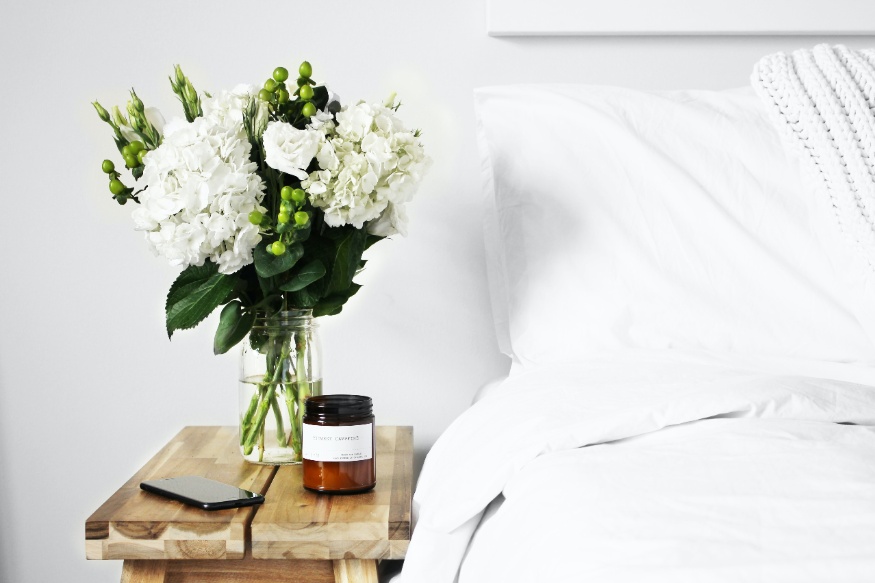
Many claim to have been partly healed from traumatic experiences through plant care. Herman (2016) states: “During the group, participants were encouraged to talk about their traumatic experiences. Many stated that it was easier to talk about horrific incidents while ‘working’ on their bonsai tree.”.
Plants continually clean the air, reducing headaches, fatigue, asthma, and infections from those working indoors. They have show to reduce indoor airborne molds and bacteria by up to 60%, and can reduce sore throats and headache complaints by as much as 23%.
Symbolic Benefits Of Plants
Trees are a living artform that can promote the physical and phycological healing of both body and spirit. Planting a tree is often done as a symbol of a pivotal point in life. Looking at the same tree at a later time can be a form of remembering that stage of life. “What makes bonsai different is being able to take your tree with you: when you move, go to university, get married, get divorced. It can always, as long as it lives, be with you.”, (Hermann C. 2016).
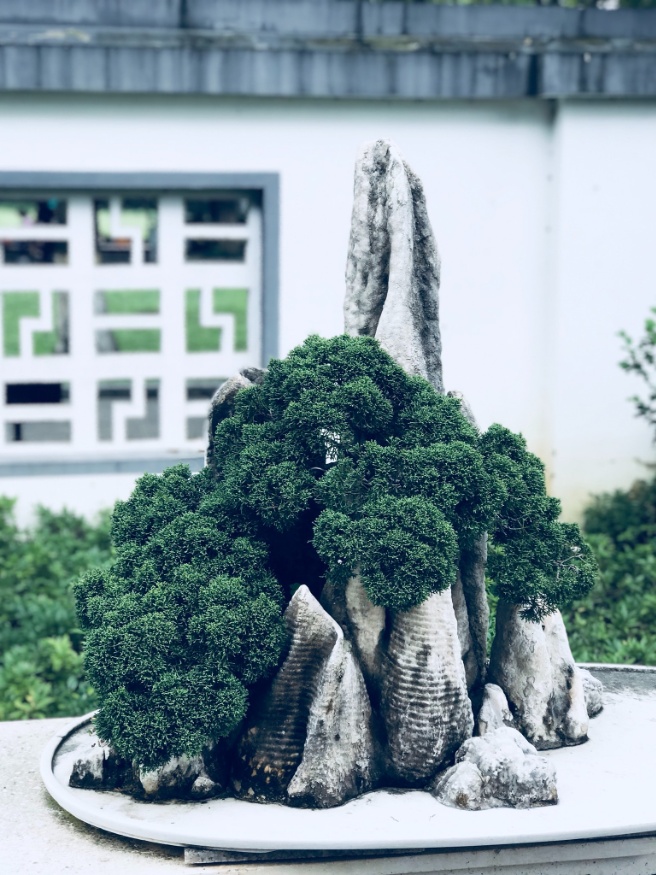
Creative plant arrangements have many fulfilling benefits such as artistic creativity. Art, in its many forms have long been a means of stress relief and neurological balancing. The shaping of these tiny landscapes can be an outlet of artistic expression and experimentation that constantly changes as it grows.
The phycological benefits of plants may seem of little importance, but without them we find ourselves more unhealthy, stressed, ill, and overall unhappy for unknown reasons. Plants effect us on a deeper level than we may be aware. Why not put it to the test? Bring a plant to your office, work out in the garden, plant a tree in your backyard and see how you feel.
References
Ali Khan, M., Amin, N., Khan, A. et al. Plant Therapy: a Nonpharmacological and Noninvasive Treatment Approach Medically Beneficial to the Wellbeing of Hospital Patients. Gesunde Pflanzen 68, 191–200 (2016). https://doi.org/10.1007/s10343-016-0377-1
Dr. Hermann, C. (2016). Eco-psychology: Using bonsai to heal and find meaning. Retrieved from https://thoughtleader.co.za/psyssa/2016/10/26/eco-psychology-using-bonsai-to-heal-and-find-meaning/
Elvin McDonald (1976). Plants As Therapy: A Natural Alternative. New York: Praeger Publishers.
Ochiai, H., Song, C., Ikei, H., Imai, M., Miyazaki, Y (2017). Retrieved from https://www.ncbi.nlm.nih.gov/pubmed/28872600
Worall, S. National Geographic. (2017). We Are Wired To Be Outside. Retrieved from https://www.nationalgeographic.com/science/article/nature-fix-brain-happy-florence-williams